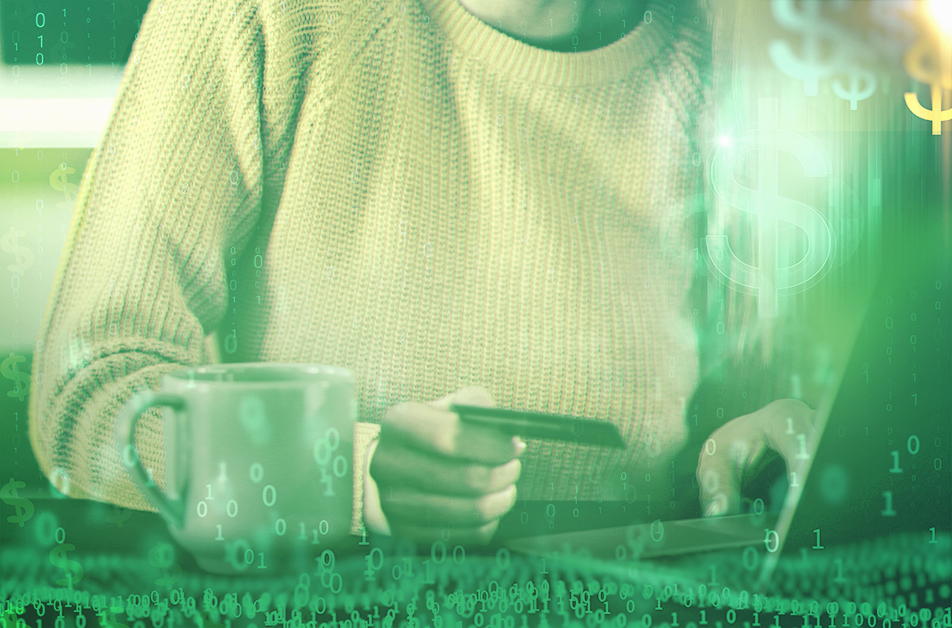 Buy now, pay later (BNPL) vendors and their solutions have exploded in popularity in recent years, propelled by the COVID-19 pandemic and rapid digital-commerce growth. It’s almost impossible nowadays to go to a store or visit a merchant’s website without seeing a banner or widget to buy now and pay later—usually in fixed-interest-based or interest-free installments—with an increasing, sometimes dizzying, number of vendor and financial institution offerings to select from.
Buy now, pay later (BNPL) vendors and their solutions have exploded in popularity in recent years, propelled by the COVID-19 pandemic and rapid digital-commerce growth. It’s almost impossible nowadays to go to a store or visit a merchant’s website without seeing a banner or widget to buy now and pay later—usually in fixed-interest-based or interest-free installments—with an increasing, sometimes dizzying, number of vendor and financial institution offerings to select from.
But as more and more consumers familiarize themselves with BNPL solutions, financial institutions, vendors, and market observers alike are left to ponder: Who is the actual target customer paying with BNPL? How and where are they making these purchases? What are their perceptions and experiences using these solutions? And, a question that is especially important for the rest of the market, how does BNPL impact other financial services products such as credit cards and debit cards?
Who Is Using BNPL?
In a 2021 study of more than 2,000 U.S. consumers who used prepaid cards or BNPL solutions, Aite-Novarica Group found that 47% of American adults made a purchase using a BNPL option between July 2020 and June 2021. However, the adoption of BNPL at the point of sale has not been uniform across socioeconomic and demographic groups.
Younger Americans appear more comfortable with these types of purchases; 58% of Gen Zers, 56% of young millennials, and 53% of older millennials reported making a purchase using a BNPL option. Conversely, only 22% of younger baby boomers and 19% of older baby boomers and other seniors said the same.
Where Is BNPL Being Used?
A slim majority, 51%, of BNPL users have made at least one purchase using a BNPL option via merchants’ websites, although BNPL purchases via mobile app, in person through merchant financing plans, and in person via digital wallets are also popular payment choices.
While budgets can influence the decision to make a BNPL purchase, they are not the only reason consumers choose this route. While 37% of BNPL users reported that using a BNPL option was the only way they could afford to buy what they wanted or needed, 51% said that their BNPL purchases’ payment plans fit their budget, and 37% say their purchase did not include interest.
BNPL as a payment option can be highly beneficial to a wide range of consumers looking to pay for goods and services over time while simultaneously avoiding higher interest-based products or making big, one-time purchases.
As the market continues to mature, it’s imperative for vendors and financial institutions alike to track and measure the evolving BNPL customer, keeping note of not only how the average customer changes over time and what that customer looks like, but also how their BNPL solutions are impacting consumers’ overall financial wellness and health.
For full insights into the socioeconomic and demographic factors influencing this rapidly changing market, see Ginger Schmeltzer’s and my latest report Buy Now, Pay Later: Socioeconomic and Demographic Factors Impacting the U.S. Consumer Experience.